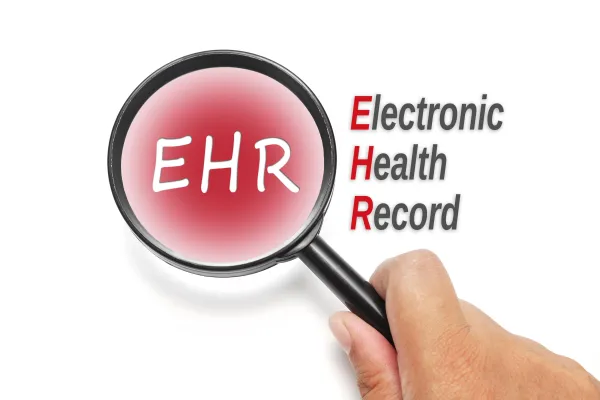Use External Cause Codes When Called For

Question: A 9-year-old was playing on the monkey bars at a local park when he fell and hurt his elbow. A week later, he came to our office, and the provider performed a detailed history, a detailed examination, and medical decision making (MDM) of low complexity. Final diagnosis was nursemaid’s elbow. How should we code this encounter? Florida Subscriber Answer: If this was a new patient, you’d report 99203 (Office or other outpatient visit for the evaluation and management of a new patient, which requires these 3 key components: A detailed history; A detailed examination; Medical decision making of low complexity …) for the E/M. If the patient was established, report 99214 (Office or other outpatient visit for the evaluation and management of an established patient, which requires at least 2 of these 3 key components: A detailed history; A detailed examination; Medical decision making of moderate complexity …) for the E/M. Condition definition: Your patient suffered an injury that is variously known as a pulled elbow or a nursemaid’s elbow, though the more technical medical term for it is a radial head subluxation. Depending on the elbow that was affected, you would code either S53.031- (Nursemaid’s elbow, right elbow) or S53.032- (… left elbow), adding a seventh character “A” to indicate the first visit for this injury. Though you are not required to, per ICD-10 guideline 20.a.1, you should also assign external cause codes for the encounter that describe how and where it occurred. In this scenario, you could add W09.2XXA (Fall on or from jungle gym, initial encounter) and Y92.830 (Public park as the place of occurrence of the external cause), being careful not to sequence the external cause codes as the principal, or first, diagnosis code.




